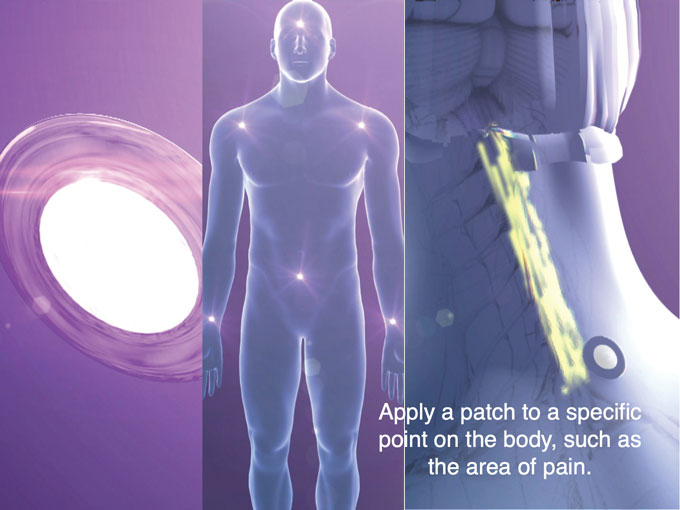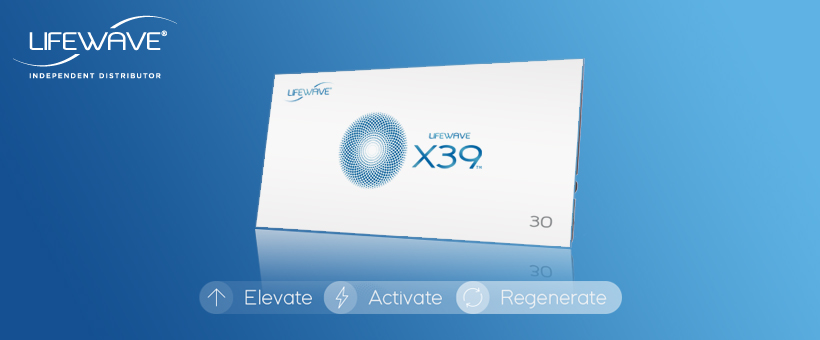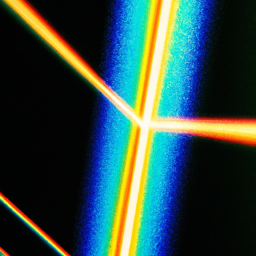Hey there! Have you ever heard of the term “phototherapy”? It may sound fancy and unfamiliar, but in this article, you’ll learn all about how this revolutionary treatment uses the power of light to naturally heal various health conditions. From skin disorders to mood disorders, phototherapy has been gaining attention for its incredible benefits.
Now, you might be wondering how exactly light can heal your body. Well, in the second paragraph of this article, we’ll delve deeper into the science behind phototherapy and how it works to stimulate your body’s natural healing processes. Whether you’re curious about the different types of phototherapy available, the specific conditions it can effectively treat, or even the potential side effects, we’ve got you covered. So, get ready to discover the fascinating world of phototherapy and how it can improve your overall well-being. Stay tuned!
What is Phototherapy?
Definition of Phototherapy
Phototherapy, also known as light therapy, is a non-invasive medical treatment that utilizes various wavelengths of light to promote healing and alleviate certain health conditions. It involves the exposure of the body or specific areas to specific light sources, such as light-emitting diodes (LEDs) or lasers, for therapeutic purposes. This form of therapy has gained popularity in recent years due to its effectiveness and minimal side effects.
History of Phototherapy
The use of light as a therapeutic modality dates back thousands of years. Ancient civilizations, such as the Egyptians and Greeks, recognized the healing properties of sunlight and utilized it for various purposes. In the early 20th century, Danish physician Niels Finsen pioneered the modern use of phototherapy for the treatment of skin conditions, earning him the Nobel Prize in Physiology or Medicine in 1903.
Types of Phototherapy
There are different types of phototherapy available, each using specific light sources and wavelengths. Some common forms of phototherapy include:
-
Broadband Ultraviolet B (BB-UVB) Therapy: This therapy involves exposure to ultraviolet radiation in the 290-320 nm wavelength range and is commonly used to treat skin conditions such as psoriasis and eczema.
-
Narrowband Ultraviolet B (NB-UVB) Therapy: Similar to BB-UVB therapy, NB-UVB therapy utilizes ultraviolet B radiation within a narrower range of 311-312 nm. It is highly effective in treating various skin conditions, especially psoriasis.
-
Ultraviolet A (UVA) Therapy: UVA therapy utilizes longer wavelengths of light in the range of 320-400 nm. It is often combined with a photosensitizing medication to treat certain skin cancers and other dermatological conditions.
-
Light Emitting Diode (LED) Therapy: LED therapy uses specific wavelengths of light emitted by LED devices to stimulate cellular activity and promote healing. It is commonly used for pain management, dermatological conditions, and wound healing.
-
Low-Level Laser Therapy (LLLT): LLLT, also known as cold laser therapy, uses low-intensity lasers to penetrate the skin and target specific tissues. It is widely used for pain management, wound healing, and tissue regeneration.
Benefits of Phototherapy
Reduction of Pain and Inflammation
Phototherapy has shown significant effectiveness in reducing pain and inflammation associated with various medical conditions. The application of specific wavelengths of light helps stimulate cellular energy production, increase blood circulation, and alleviate discomfort. Moreover, phototherapy has been proven to have analgesic effects, providing a natural and drug-free pain management option.
Enhanced Wound Healing
Phototherapy has been extensively studied for its ability to accelerate wound healing. The exposure to specific light wavelengths triggers biochemical reactions within the cells, leading to increased production of collagen, the primary component of skin tissue regeneration. The improved collagen synthesis promotes the formation of new blood vessels and the rapid closure of wounds.
Improved Skin Conditions
Phototherapy has proven to be highly effective in treating various skin conditions. UVB therapy, for instance, is widely used for the treatment of psoriasis, vitiligo, and eczema. The specific wavelengths of light used in phototherapy target the affected skin cells, slowing down the overactive immune response, reducing inflammation, and promoting healthier skin.
How Does Phototherapy Work?
The Science Behind Phototherapy
Phototherapy works through a process called photobiomodulation, where specific light wavelengths interact with cells, tissues, and molecules in the body. When exposed to light, the mitochondria within cells absorb the energy and produce adenosine triphosphate (ATP), the cellular fuel necessary for various cellular functions. This increase in ATP leads to enhanced cell metabolism and the release of various cellular mediators, triggering a cascade of beneficial effects.
Interaction of Light with Cells
Different wavelengths of light have different effects on cells. For instance, UVB light penetrates the epidermis, triggering the production of vitamin D, which plays a crucial role in bone health and immunity. In contrast, red and near-infrared light penetrate deeper into the tissues, stimulating collagen production, improving blood flow, and reducing inflammation. Each wavelength of light interacts with cells differently and elicits specific cellular responses.
Effects of Different Light Wavelengths
The different wavelengths of light used in phototherapy have been associated with specific therapeutic effects. UVB light, for example, helps regulate immune function and is effective in treating skin conditions. Red light, on the other hand, promotes blood circulation, increases collagen production, and accelerates wound healing. Near-infrared light has anti-inflammatory properties, reduces pain, and improves tissue regeneration. The selection of the appropriate light wavelength depends on the desired therapeutic outcome.
Common Applications of Phototherapy
Pain Management
Phototherapy has been increasingly used as a non-pharmacological approach to pain management. LED and laser therapies have shown promising results in reducing pain associated with various conditions, including musculoskeletal injuries, arthritis, and fibromyalgia. By stimulating cellular energy production and reducing inflammation, phototherapy can provide significant relief from pain and discomfort.
Dermatology
Phototherapy has revolutionized the field of dermatology, offering effective treatment options for various skin conditions. UVB therapy, including both BB-UVB and NB-UVB, is commonly used for the treatment of psoriasis, eczema, vitiligo, and other chronic skin conditions. Additionally, LED therapy has shown remarkable results in reducing acne, minimizing wrinkles, and improving overall skin tone and texture.
Neonatal Jaundice Treatment
Phototherapy is considered the gold standard treatment for neonatal jaundice, a condition characterized by the yellowing of the skin and eyes in newborns. The exposure of the baby’s skin to blue-green light helps break down the bilirubin, a substance responsible for jaundice, into a harmless form that can be excreted by the body. Phototherapy for neonatal jaundice is safe, non-invasive, and highly effective.
Phototherapy Devices and Techniques
Light Emitting Diode (LED) Therapy
LED therapy involves the use of specialized LED devices that emit specific wavelengths of light. These devices can be used to target specific areas of the body or the entire body, depending on the desired therapeutic effect. LED therapy is safe, non-invasive, and does not produce heat, making it suitable for a wide range of applications.
Low-Level Laser Therapy (LLLT)
LLLT utilizes low-intensity lasers to target specific tissues and stimulate cellular activity. The lasers used in LLLT are designed to deliver precise doses of light energy to promote healing and reduce pain. LLLT is commonly used in physiotherapy clinics, wound care centers, and sports medicine facilities.
Ultraviolet Light Therapy
Ultraviolet light therapy uses specific wavelengths of ultraviolet light to treat various medical conditions, mainly skin disorders. This therapy can be administered in a controlled medical setting or through home-based phototherapy devices under healthcare professional supervision.
Safety Considerations
Potential Side Effects
When administered correctly, phototherapy is generally safe and well-tolerated. However, like any medical treatment, there are potential side effects associated with phototherapy. These may include temporary skin redness, dryness, itching, or sunburn-like reactions. With careful monitoring and proper precautions, the occurrence of side effects can be minimized.
Precautions and Contraindications
Phototherapy is not suitable for everyone and certain precautions and contraindications should be considered. Pregnant women, individuals with certain skin conditions, photosensitivity disorders, or a history of skin cancer may be advised against phototherapy. It is important to consult with a healthcare professional before undergoing phototherapy to determine its suitability for individual circumstances.
Comparison with other Healing Modalities
Phototherapy vs. Medications
Phototherapy offers a drug-free alternative to traditional medication-based treatments for pain management and various skin conditions. Unlike medications, which may have potential side effects and interactions, phototherapy harnesses the healing power of light to stimulate the body’s natural healing processes without the use of drugs.
Phototherapy vs. Surgical Interventions
Phototherapy provides a non-invasive approach to healing compared to more invasive surgical interventions. It can be used as a primary treatment or in conjunction with other therapies to improve outcomes and reduce the need for surgical procedures. Additionally, phototherapy is generally well-tolerated and does not require significant recovery time.
Phototherapy vs. Alternative Therapies
While alternative therapies may offer some benefits, phototherapy has a scientific basis and a growing body of research supporting its efficacy. Unlike some alternative therapies, phototherapy is evidence-based and has been extensively studied in clinical settings.
Research and Evidence
Clinical Studies on Phototherapy
Numerous clinical studies have been conducted to evaluate the effectiveness of phototherapy in various medical conditions. These studies have consistently demonstrated the positive therapeutic effects of phototherapy in pain management, wound healing, and dermatological conditions. The research has paved the way for the integration of phototherapy into conventional medical practices.
Evidence-Based Applications
Based on the growing body of evidence, phototherapy has been recognized as a valuable treatment option in mainstream medicine. It is now recommended and implemented in clinical guidelines for conditions such as psoriasis and neonatal jaundice, further validating its effectiveness and safety.
Training and Certification
Education for Phototherapy Practitioners
To ensure safe and effective implementation of phototherapy, healthcare professionals undergo specific training programs that cover the fundamentals of phototherapy, including the science behind it, appropriate treatment protocols, and safety considerations. These educational programs equip practitioners with the necessary knowledge and skills to provide quality care to their patients.
Certification Programs
Certification programs are available to further enhance the expertise of phototherapy practitioners. These programs typically involve a comprehensive curriculum that covers advanced topics in phototherapy, research methodologies, and practical training. Certification provides professional recognition and assures patients of the practitioner’s competence.
Conclusion
Phototherapy, also known as light therapy, offers a natural and effective approach to healing various medical conditions. Whether it is reducing pain and inflammation, promoting wound healing, or improving skin conditions, phototherapy harnesses the power of light to stimulate the body’s natural restorative processes. With its minimal side effects, non-invasiveness, and growing body of evidence, phototherapy continues to gain recognition as a valuable treatment option in modern medicine.





